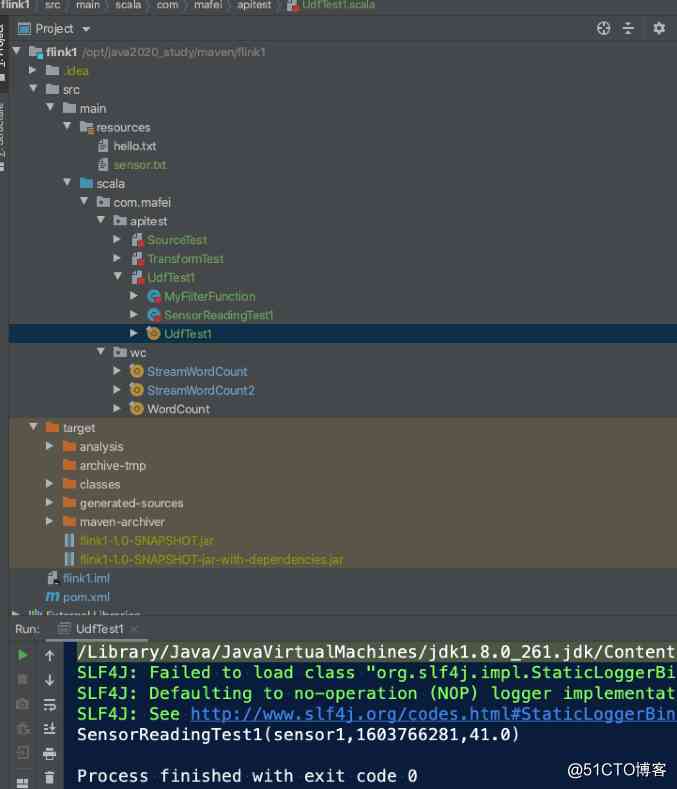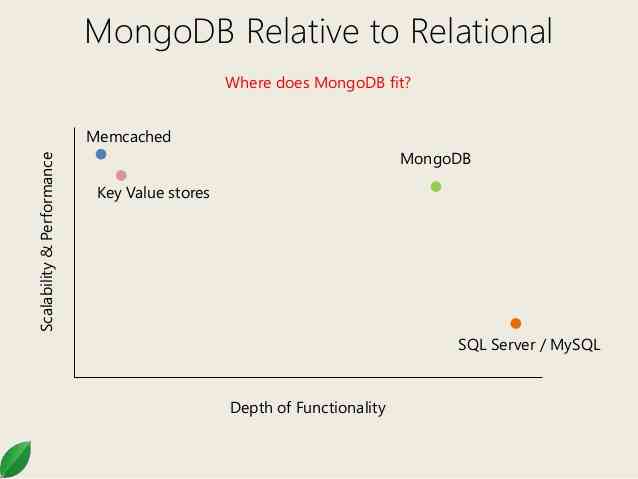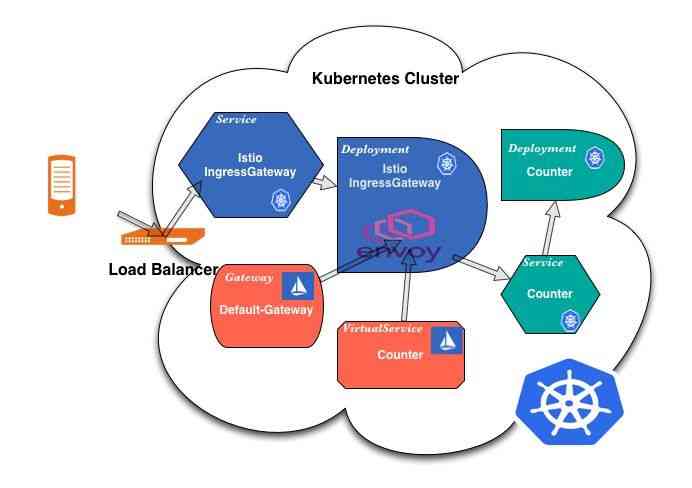当前位置:网站首页>Flink: from introduction to Zhenxiang (6. Flink implements UDF function - realizes more fine-grained control flow)
Flink: from introduction to Zhenxiang (6. Flink implements UDF function - realizes more fine-grained control flow)
2020-11-08 12:06:00 【osc_15vyay19】
Flink Provides a variety of data conversion operations , But in the actual business process, there are many data structures that need to be processed in business 、 Rules and so on , You need to write your own business code , It's used at this time flink Provided function class (Function Class)
Flink Exposed everything udf Function interface ( The implementation mode is interface or abstract class ), for example MapFunction,FilterFunction,ProcessFunction etc. .
A small chestnut , To filter the data to sensor3 Start with data
Still com.mafei.apitest Create a new one scala Object UDFTest1
The rest of the code is the same as before , Read the file and do some simple processing , A custom function class is added here MyFilterFunction, When use , Just add... To the logic .filter The method can ,
package com.mafei.apitest
import org.apache.flink.api.common.functions.{FilterFunction, ReduceFunction, RichFilterFunction}
import org.apache.flink.streaming.api.scala.{StreamExecutionEnvironment, createTypeInformation}
// Get sensor data
case class SensorReadingTest1(id: String,timestamp: Long, temperature: Double)
object UdfTest1 {
def main(args: Array[String]): Unit = {
// Create an execution environment
val env = StreamExecutionEnvironment.getExecutionEnvironment
case class Person(name: String, age: Int)
val inputStream= env.readTextFile("/opt/java2020_study/maven/flink1/src/main/resources/sensor.txt")
env.setParallelism(1)
// inputStream.print()
// First convert to sample class type
val dataStream = inputStream
.map(data => {
val arr = data.split(",") // according to , Split data , To get the results
SensorReadingTest1(arr(0), arr(1).toLong, arr(2).toDouble) // Generate data for a sensor class , Parameters are passed in the middle toLong and toDouble Because the default split is string category
// }).filter(new MyFilterFunction)
// }).filter(_.id.startsWith("sensor1")) // If it's very simple logic , You can also write anonymous classes like this , It's the same effect as writing a function
// }).filter(new RichFilterFunction[SensorReadingTest1] {
// override def filter(t: SensorReadingTest1): Boolean =
// t.id.startsWith("sensor3")
// }) // Anonymous class implementation effect , And above 2 The effects are the same
}).filter(new KeywordFilterFunction("sensor3")) // You can also pass in the parameters to be filtered
dataStream.print()
env.execute("udf test")
}
}
// Customize a function class , Filter it , Implement... In the interface filter The method can
class MyFilterFunction extends FilterFunction[SensorReadingTest1] {
override def filter(t: SensorReadingTest1): Boolean = t.id.startsWith("sensor3")
}
// Custom function class , Same as above , Added the transmission reference ,
class KeywordFilterFunction(keyword: String) extends FilterFunction[SensorReadingTest1]{
override def filter(t: SensorReadingTest1): Boolean =
t.id.startsWith(keyword)
}
Code structure and running effect diagram

RichMap
Mainly do some data processing and other operations , The code demonstrates MapperDemo and RichMapDemo The difference and operation effect of
package com.mafei.apitest
import org.apache.flink.api.common.functions.{FilterFunction, MapFunction, RichMapFunction}
import org.apache.flink.configuration.Configuration
import org.apache.flink.streaming.api.scala.{StreamExecutionEnvironment, createTypeInformation}
// Get sensor data
case class SensorReadingTest2(id: String,timestamp: Long, temperature: Double)
object UdfTest2 {
def main(args: Array[String]): Unit = {
// Create an execution environment
val env = StreamExecutionEnvironment.getExecutionEnvironment
case class Person(name: String, age: Int)
val inputStream= env.readTextFile("/opt/java2020_study/maven/flink1/src/main/resources/sensor.txt")
env.setParallelism(1)
// inputStream.print()
// First convert to sample class type
val dataStream = inputStream
.map(data => {
val arr = data.split(",") // according to , Split data , To get the results
SensorReadingTest2(arr(0), arr(1).toLong, arr(2).toDouble) // Generate data for a sensor class , Parameters are passed in the middle toLong and toDouble Because the default split is string category
}).map(new RichMapDemo())
dataStream.print()
env.execute("udf test")
}
}
class MapperDemo extends MapFunction[SensorReadingTest2, String]{
override def map(t: SensorReadingTest2): String = t.id+" Test to add some strings "
}
// Rich function , There are more classes than above open and close Other methods , Can do some database connection and other operations
class RichMapDemo extends RichMapFunction[SensorReadingTest2, String]{
// The main operations here are initialization , When starting the call , The whole process will only be called once , It is similar to the variables loaded by class initialization , Like database connection and so on
override def open(parameters: Configuration): Unit = {
println(" A database connection was made ..........")
// Get runtime context
getRuntimeContext()
}
// Every data goes through this method
override def map(in: SensorReadingTest2): String = in.id+" Test the rich function and add some strings "
override def close(): Unit = {
// Follow open similar , When the task stops , You can do something like release database connection and so on
print(" Closed database connection ......")
}
}Running effect : You can see , The whole process , Only one database connection operation
A database connection was made ..........
sensor1 Test the rich function and add some strings
sensor2 Test the rich function and add some strings
sensor3 Test the rich function and add some strings
sensor4 Test the rich function and add some strings
sensor4 Test the rich function and add some strings
sensor4 Test the rich function and add some strings
Closed database connection ......
版权声明
本文为[osc_15vyay19]所创,转载请带上原文链接,感谢
边栏推荐
- 原创 | 数据资产确权浅议
- This paper analyzes the top ten Internet of things applications in 2020!
- Improvement of rate limit for laravel8 update
- Share the experience of passing the PMP examination
- C language I blog assignment 03
- Istio traffic management -- progress gateway
- 运维人员常用到的 11 款服务器监控工具
- Close to the double 11, he made up for two months and successfully took the offer from a large factory and transferred to Alibaba
- When kubernetes encounters confidential computing, see how Alibaba protects the data in the container! (Internet disk link attached)
- Installing MacOS 11 Big Sur in virtual machine
猜你喜欢

PDMS cutting software

Introduction to mongodb foundation of distributed document storage database

TCP协议如何确保可靠传输

Written interview topic: looking for the lost pig

android基础-CheckBox(复选框)

Istio流量管理--Ingress Gateway

2018中国云厂商TOP5:阿里云、腾讯云、AWS、电信、联通 ...

一文读懂机器学习“数据中毒”

Ali! Visual computing developer's series of manuals (with internet disk link)

Python基础语法
随机推荐
YGC问题排查,又让我涨姿势了!
运维人员常用到的 11 款服务器监控工具
笔试面试题目:求缺失的最小正整数
一个方案提升Flutter内存利用率
Can you do it with only six characters?
Tidb performance competition 11.02-11.06
Personal current technology stack
笔试面试题目:盛水最多的容器
The progress bar written in Python is so wonderful~
2018中国云厂商TOP5:阿里云、腾讯云、AWS、电信、联通 ...
在51CTO学院Get到PMP证书
On monotonous stack
Iqkeyboardmanager source code to see
Ubuntu20.04 access FTP server garbled problem + upload files
Win10 terminal + WSL 2 installation and configuration guide, exquisite development experience
维图PDMS切图软件
不多不少,大学里必做的五件事(从我的大一说起)
Ali tear off the e-commerce label
Python basic syntax
笔试面试题目:判断单链表是否有环